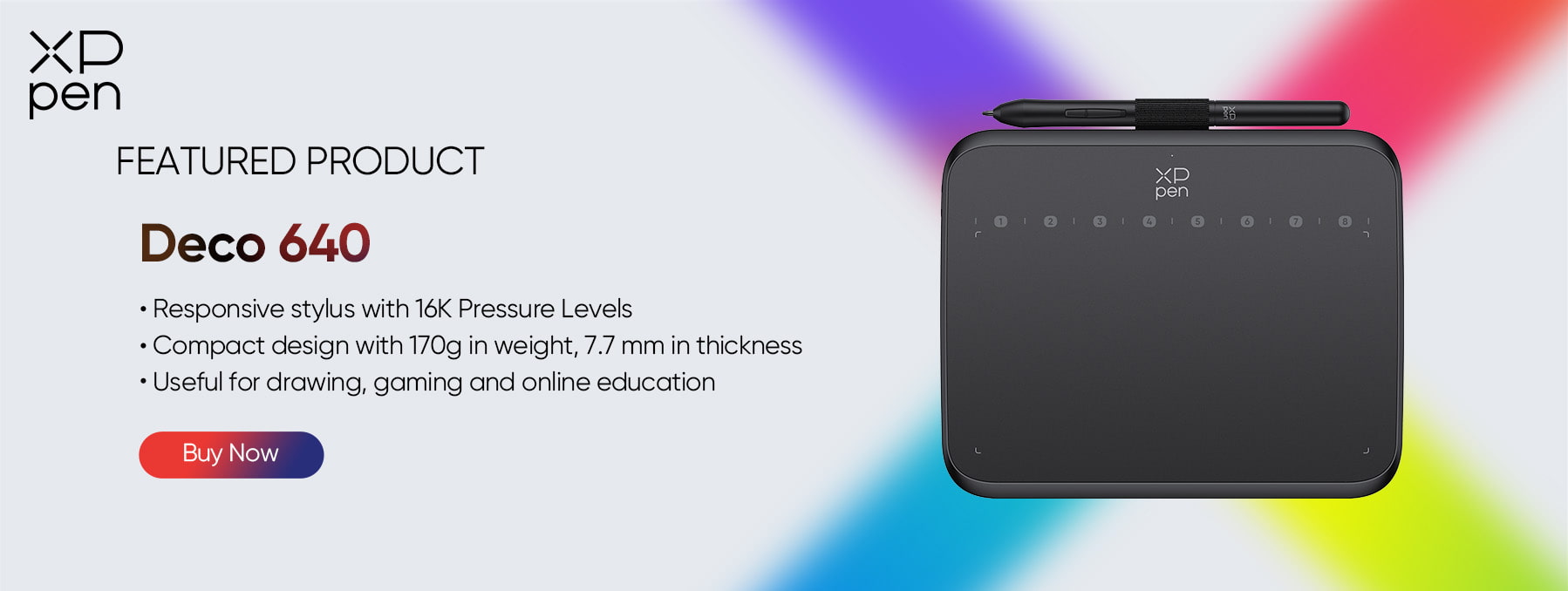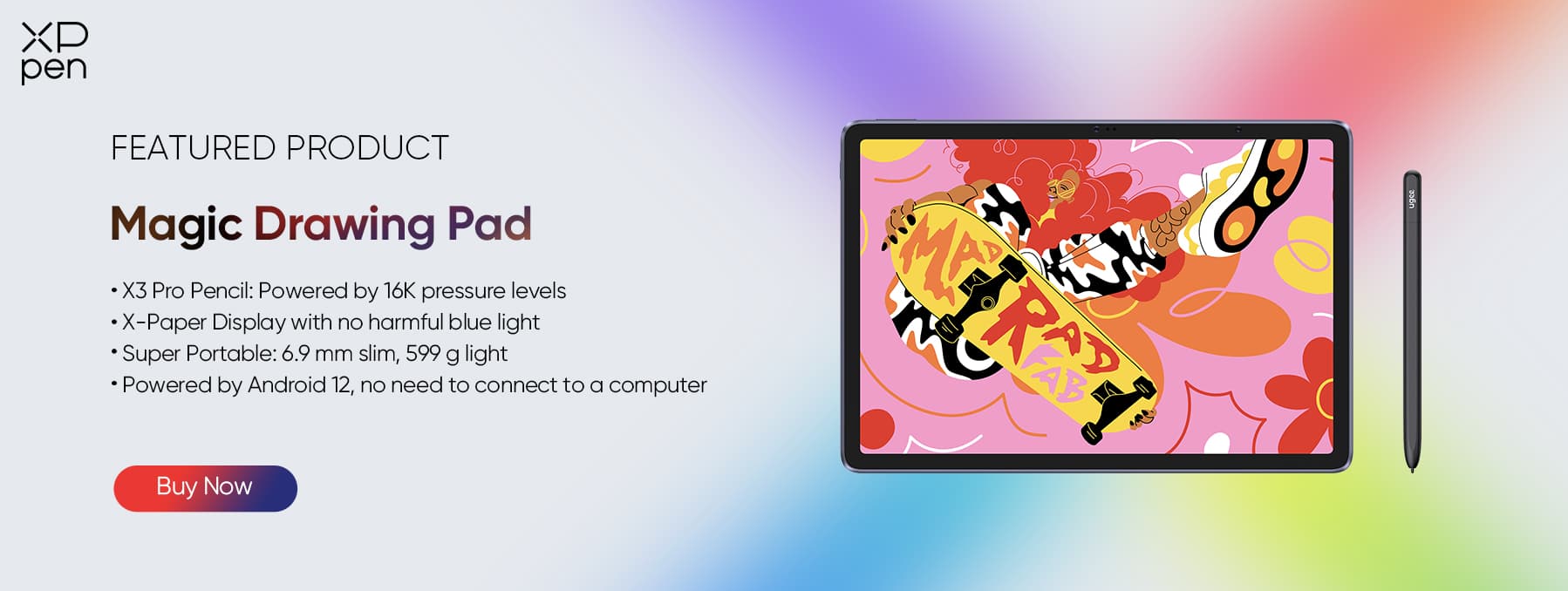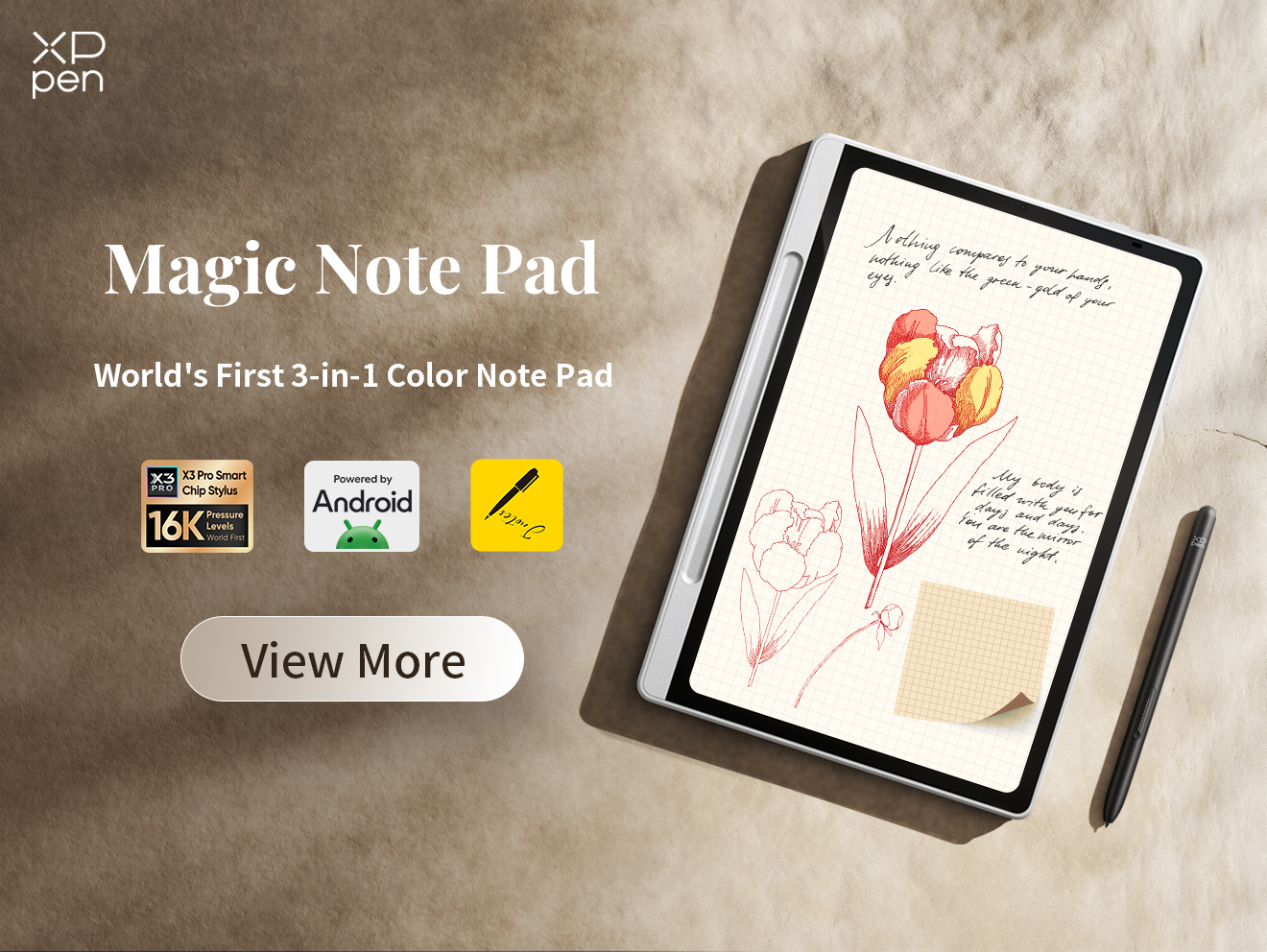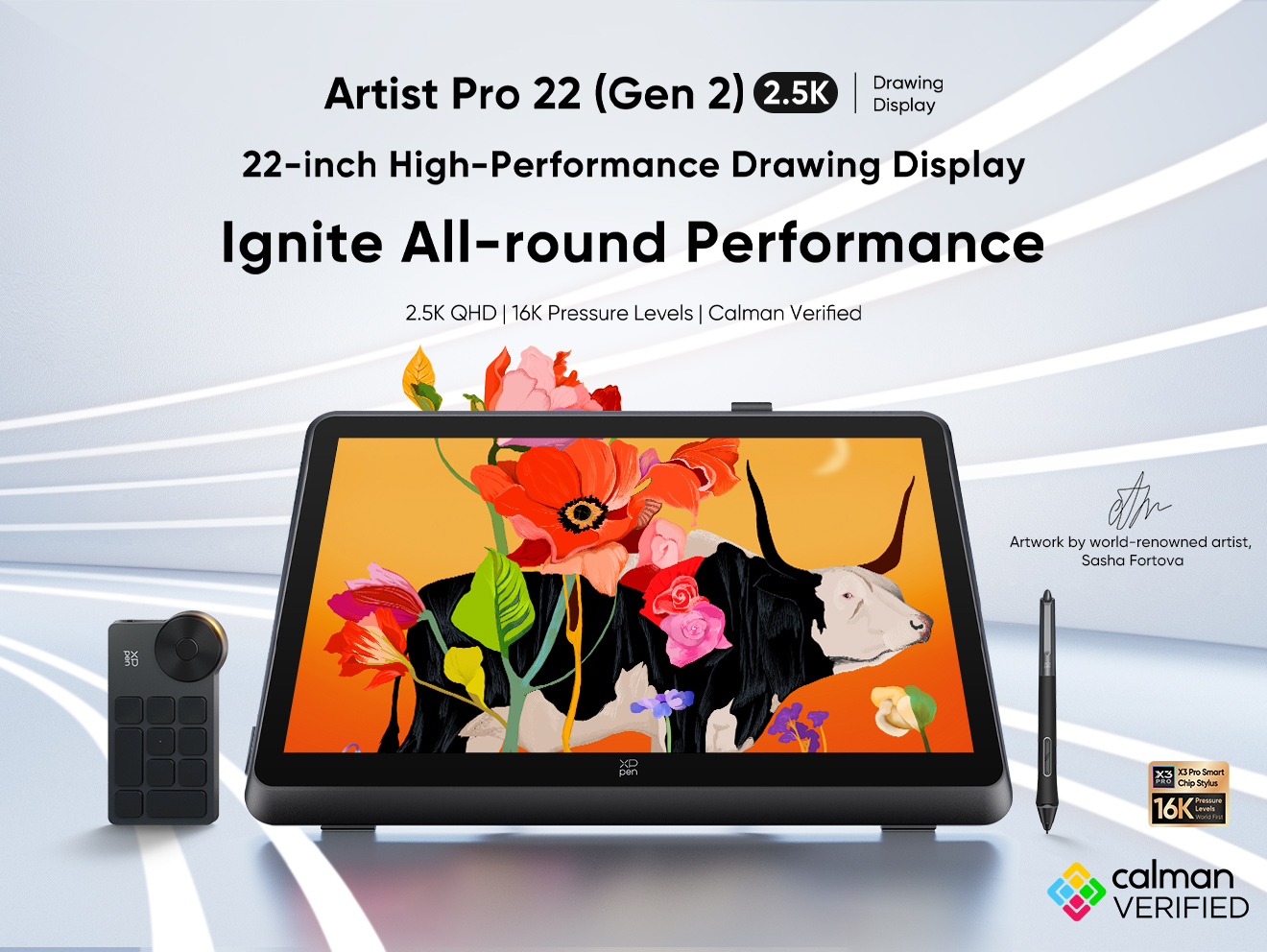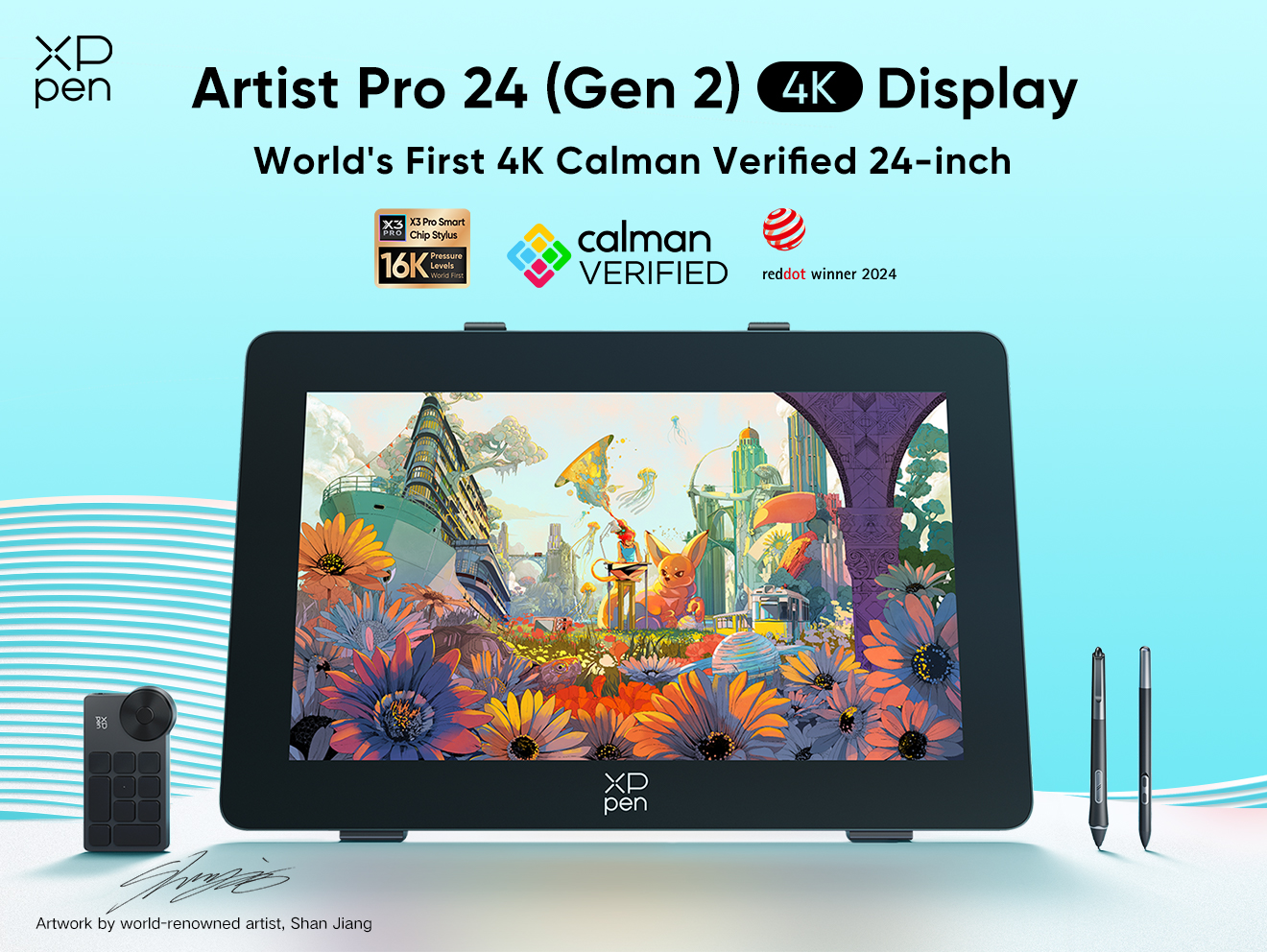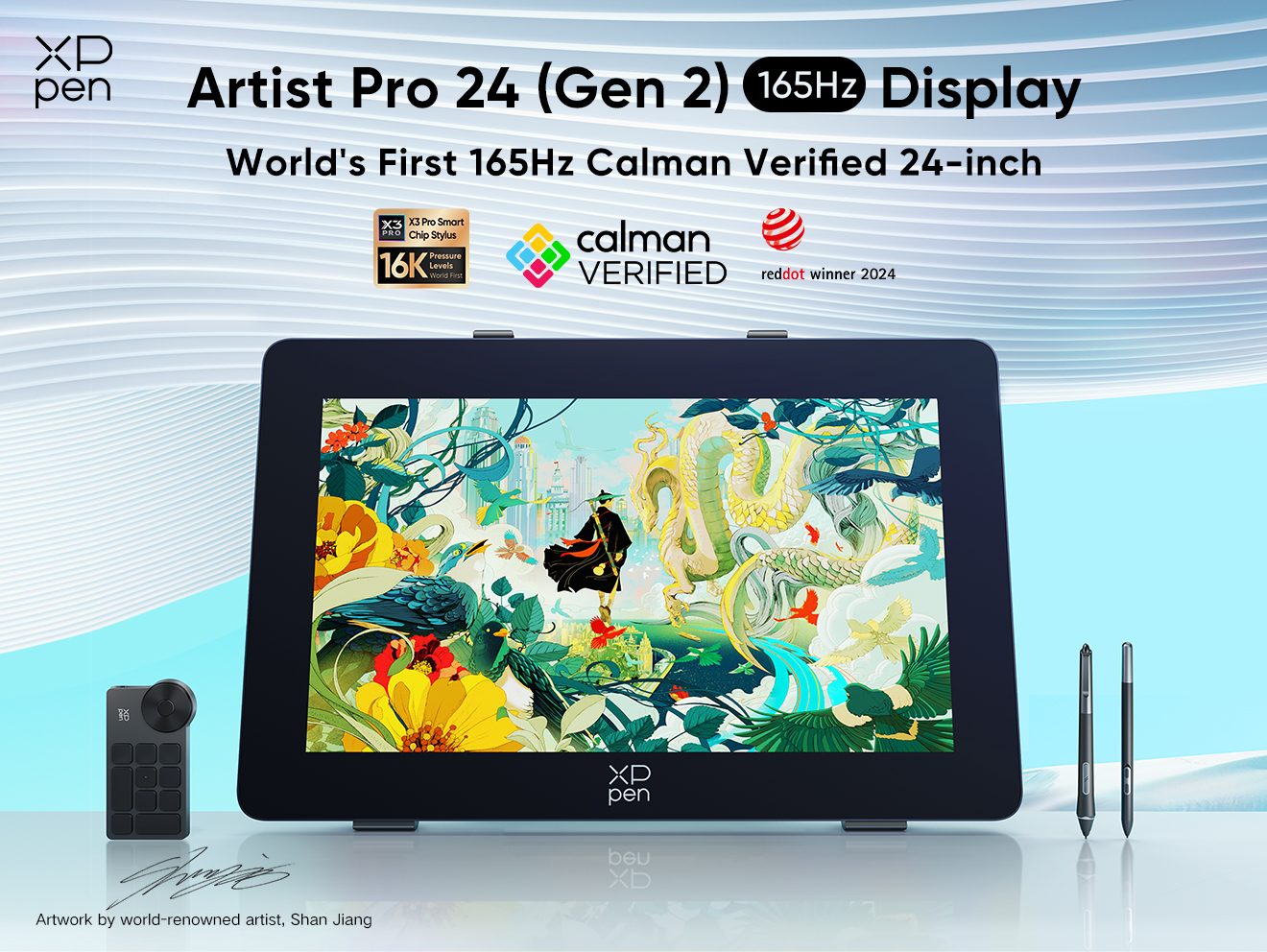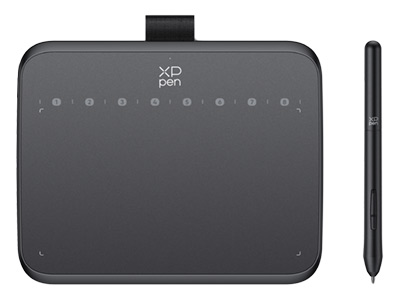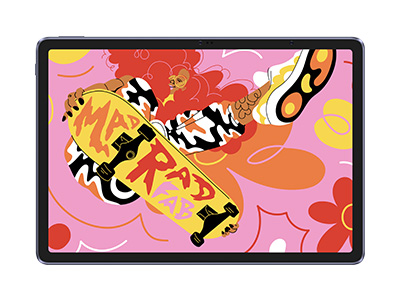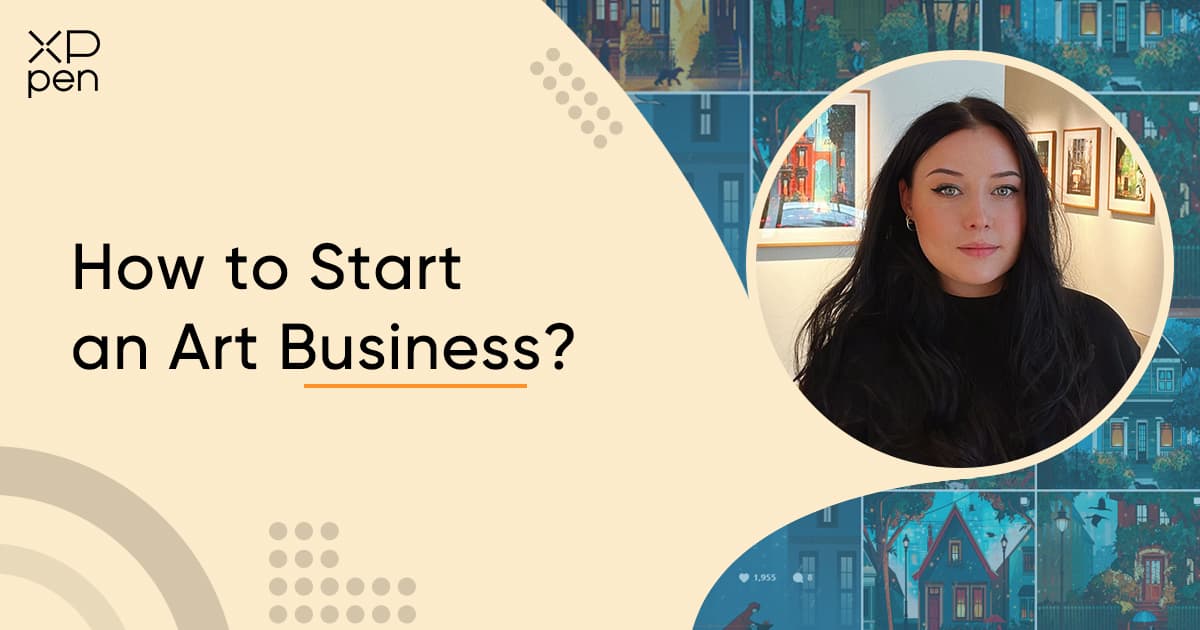
How to Start an Art Business: 8 Steps for Success
TIPSIf you’re wondering how to start an art business, you’re in the right place.
First, a quick introduction: My name is Laura El, and I’m a digital illustrator from NYC. Starting an art business has been one of the most rewarding decisions of my life. With over 100K followers on Instagram, I’ve turned my passion into a full-time career. While the journey has had its challenges, I’ve learned some invaluable lessons along the way. To help you get started, I’ve broken down the process into 8 manageable steps. Let’s dive in!
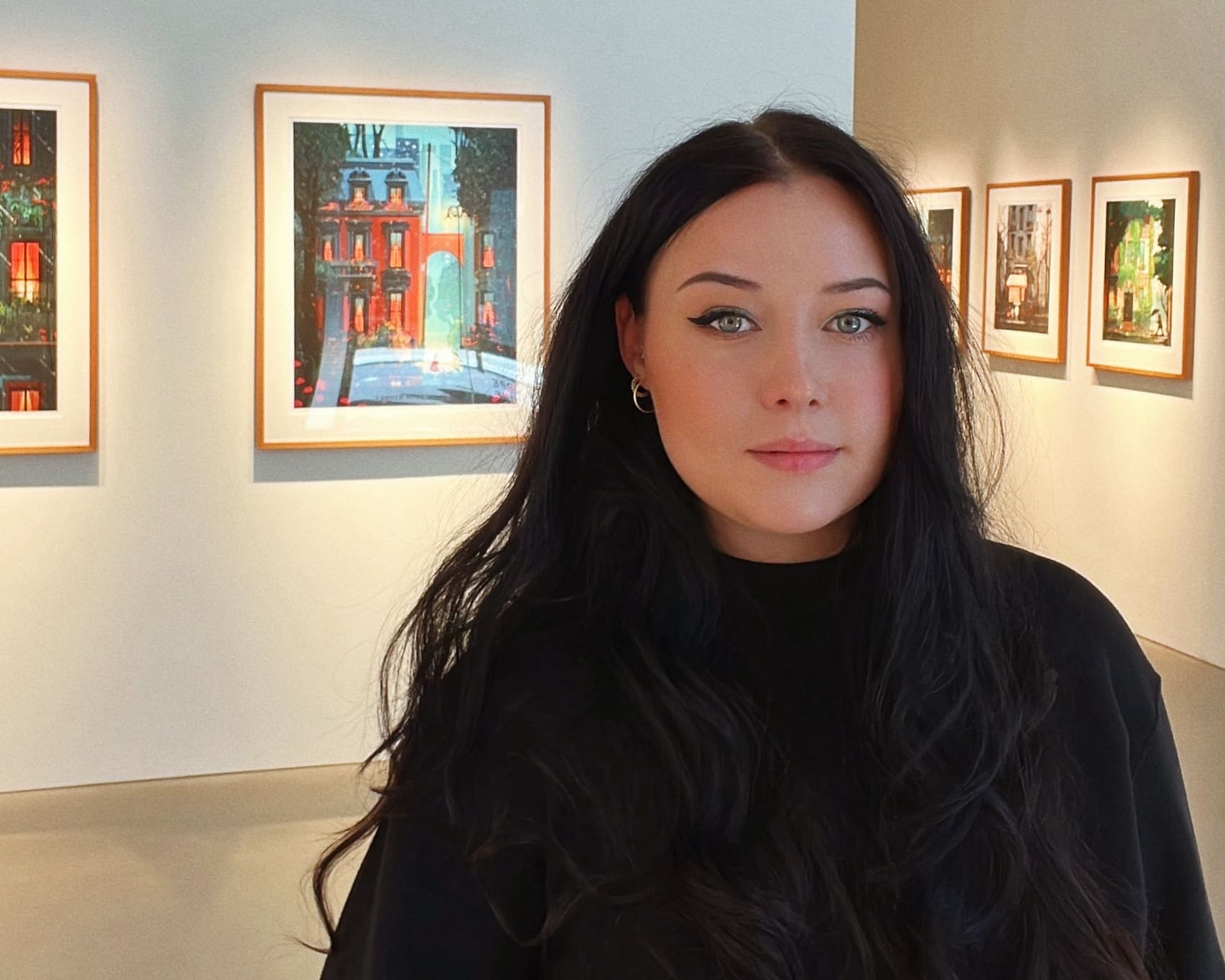
Step 1: Define Your Artistic Style and Niche
The first and most crucial step in building an art business is defining your artistic style and niche. This isn’t something you’ll figure out overnight—it takes time and self-discovery. But embracing that process is part of the journey.
What makes your work unique will help set you apart from other artists, allowing collectors to connect with your art and simplifying your marketing efforts. When I first started, I followed many artists I admired and drew inspiration from their work. I was drawn to minimalistic line art, like Pablo Pascal’s animal drawings, and began exploring that style. Over time, after lots of practice and patience, my own unique style emerged. It may take years, but eventually, it will click.
To find your niche, I suggest identifying the themes or subjects that inspire you. For me, being an animal lover meant that dogs were my muse, which led to much of my work being centered around them early in my career. This can also help you identify your audience. Since I loved drawing dogs, dog owners became my primary audience, and I started by offering something they’d love: custom pet portraits. Knowing your audience helps you target your work more effectively, and may eventually lead to sales.

Artwork Credit: Saturday Night by Laura El
Step 2: Invest in the Right Tools
As an artist, having the right tools is key to creating high-quality work efficiently. In this section, I’ll share insights from a digital artist’s perspective. If you’re new to digital art, investing in a good tablet is essential. Let’s discuss a couple of options.
First is the XPPen Deco 640. This model doesn’t have a built-in screen, meaning it connects to your laptop or desktop, utilizing your existing monitor and software (like Adobe Photoshop or Illustrator). At only $33.99, it’s an excellent entry-level tablet, great for those on a budget.
Next, we have the XPPen Magic Drawing Pad, starting at $424.99. This tablet features a built-in display, so you’re looking directly at the surface as you draw. This method feels more natural for many artists transitioning from traditional to digital mediums. It also has a large 12.2" drawing surface, is only 6.9mm slim, and weighs 599g, making it super portable. For artists starting a business, XPPen offers accessories like a keyboard for easier multitasking, such as managing emails and social media.
Step 3: Consider Forming a Legal Entity
Once you're serious about how to start an art business, it’s worth considering forming a legal entity, such as an LLC (Limited Liability Company) or a corporation. Setting up a formal business structure can protect your personal assets from potential legal issues and offer certain tax advantages.
Consulting a tax professional or lawyer can help you decide the best structure for your business and when it makes sense to establish one. Laws and regulations will vary depending on where you live, so it’s essential to seek local expertise. You may also need to familiarize yourself with tax-related aspects like sales tax collection and tracking expenses to reduce your tax liability.
Step 4: Decide Where to Sell Your Work
Choosing where to sell your art is one of the most significant decisions you’ll make when starting your art business. You can sell on established marketplaces, at in-person events, or through your own website.
Selling on Marketplaces: Platforms like Etsy, Society6, and Amazon Handmade all have an existing customer base and website traffic. This makes them ideal for artists starting out, as they provide exposure and easier setup. However, most platforms charge fees and take a percentage of your sales. Additionally, you’ll have to compete with other artists for visibility. Another consideration is that some platform rules might limit your branding capabilities and long-term customer engagement.
Selling at In-Person Events: Participating in exhibitions, local art fairs, craft markets, or pop-up events gives you an opportunity to showcase your work in person. This can be especially valuable for building relationships with buyers and receiving immediate feedback. It also allows potential collectors to experience your art up close, which can lead to more meaningful connections. While booth fees and setup can be a bit of an investment, the opportunity for direct sales and networking often makes it worthwhile.
Selling Through Your Own Website: Creating your own website, using platforms like Shopify or Squarespace, gives you full control over branding and the customer experience. Though it requires more work to drive traffic, having your own site boosts credibility and allows you to keep more profits compared to a marketplace. Plus, it gives you complete ownership of your customer base, making it easier to build long-term relationships.
Step 5: Grow Your Audience
In today’s digital world, a strong online presence is essential. Social media platforms like Instagram, TikTok, and Pinterest are perfect for showcasing your work and building a following. Instagram is particularly great for artists because it’s visual and allows real-time engagement.
To grow your audience, consistency is key. Share not only your art but also your personal journey, allowing people to connect with the artist behind the work. While people may admire your art, they’ll bond with you as a person. Stay active, engage with your followers, and experiment with different platforms to see where your audience is most engaged. For me, Instagram has been the best fit, but if you’re good with video content, platforms like TikTok might be a better choice for you. Generally, less is more when it comes to the number of platforms you focus on. However, once you’ve found success and achieved steady growth on one platform, don’t hesitate to branch out to others and expand your reach.
Bonus Tip #1: Give Reddit a Try
Reddit can be an unexpected goldmine for sharing your art. There are countless subreddits that cater to very specific audiences, allowing you to reach niche communities that are genuinely interested in the subject matter of your work. However, always take the time to read and follow each subreddit’s rules closely, as moderators are known for enforcing strict guidelines, and you could get banned for not adhering to them.
Bonus Tip #2: Test Out Threads by Meta
Lately, I’ve seen a lot of success on Threads, Meta’s latest social platform. The algorithm seems to favor unique content and there’s less competition among creators here for now, making it easier to gain visibility compared to more established platforms. New social networks often present great growth opportunities since organic content is prioritized before the platform becomes saturated with ads. It’s the perfect time to experiment and see what works!

Step 6: Build an Email List
Social media is great for reaching new fans, but building an email list is a crucial strategy for nurturing relationships with your audience and ultimately, driving sales. Unlike social platforms, you own your email list, meaning you’re not at the mercy of algorithms. Start by offering something valuable, like a discount, exclusive content, or early access to new collections, to encourage people to sign up. Tools like Mailchimp or Beehiiv make it easy to manage email marketing.
Having an engaged email list will not only boost your sales but also create a stronger sense of community. Don’t delay setting up a subscription form—link it on your social media profiles and embed it on your website. The sooner you set this up the faster you can build your list.
Step 7: Streamline Your Business Operations
As your art business grows, streamlining operations becomes essential to ensure you can stay focused on what truly matters—creating. One of the most impactful steps I took was partnering with a professional fine art printing facility. They now handle the production, packaging, and shipping of my prints, which has saved me countless hours and reduced the stress of managing orders. Outsourcing these tasks not only improves efficiency but also ensures your customers receive high-quality products every time. In addition, don’t hesitate to bring on help as your workload increases. Even hiring a part-time virtual assistant to manage administrative duties like responding to customer emails, tracking orders, or managing social media can make a world of difference. By delegating these tasks, you’ll have more energy and time to focus on your creative process and growing your business in new ways. Ultimately, the goal is to build a system that supports your creativity while still running a smooth and professional operation.
Step 8: Get Started and Continue Learning
Once you've laid the groundwork, the most important thing is to take action and get started. Whether you're creating your first product, building your website, or posting your work online, now is the time to put everything you've learned into practice. Don’t worry about perfection, what matters most is that you're moving forward one step at a time.
As you dive in, remember that the art world is constantly evolving. Stay curious and open to experimenting with new tools, techniques, and trends. Whether it’s exploring digital art, learning new software, or embracing emerging platforms, staying informed will keep your business innovative and exciting. And don’t be afraid to take risks. Some of your greatest successes may come from pushing your creative boundaries.
Starting an art business is both challenging and rewarding, but by following these steps, you can build a solid foundation for long-term success. Whether you're just beginning or looking to grow, consistency and continual evolution are key. Now that you know how to start an art business, it’s time to take the first step and turn your creative passion into a thriving career.
About the Author:
Laura El is a New York City-based artist known for her intricate line work and narrative-driven illustrations. Her vibrant yet detailed pieces often portray cityscapes and capture everyday moments of the people who live there, creating a sense of connection. Check out Laura’s latest wall art releases at Stellar Villa or find her on Instagram @iamlaurael.
About Us
Originated from 2005, XPPen is now one of the top brands under HANVON UGEE, integrated with digital drawing products, content and service as a globally notable digital brand of digital art innovation.
Learn more